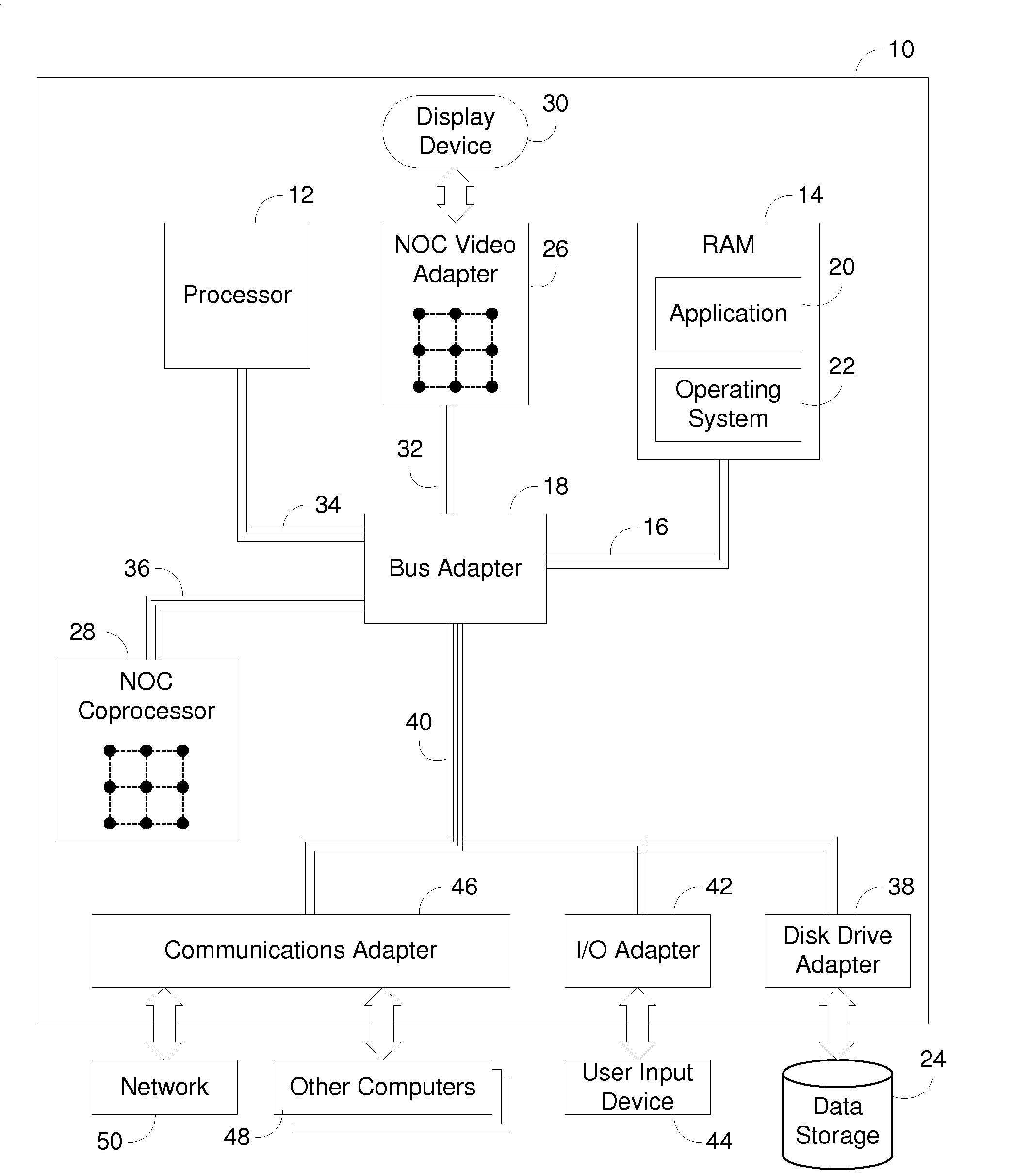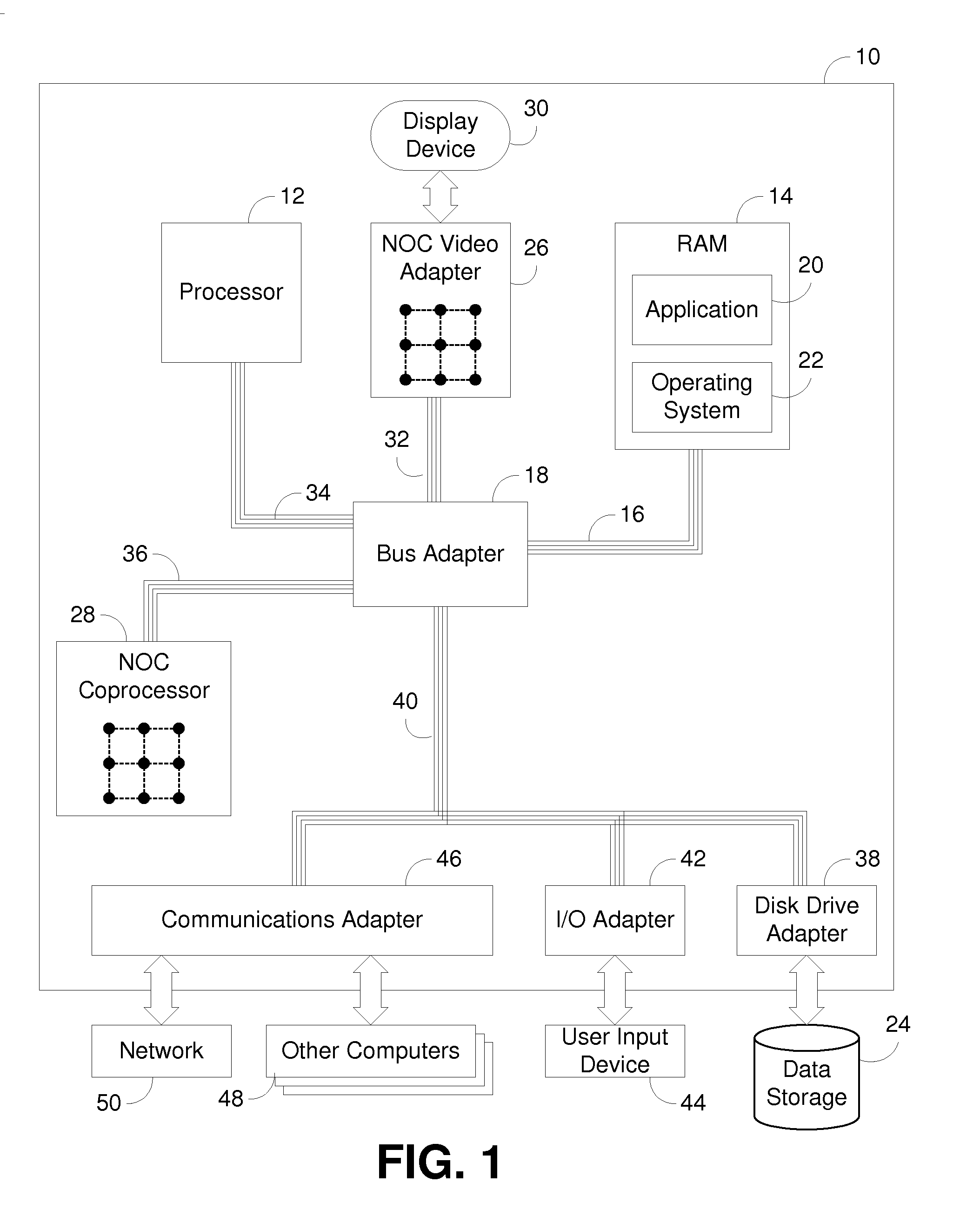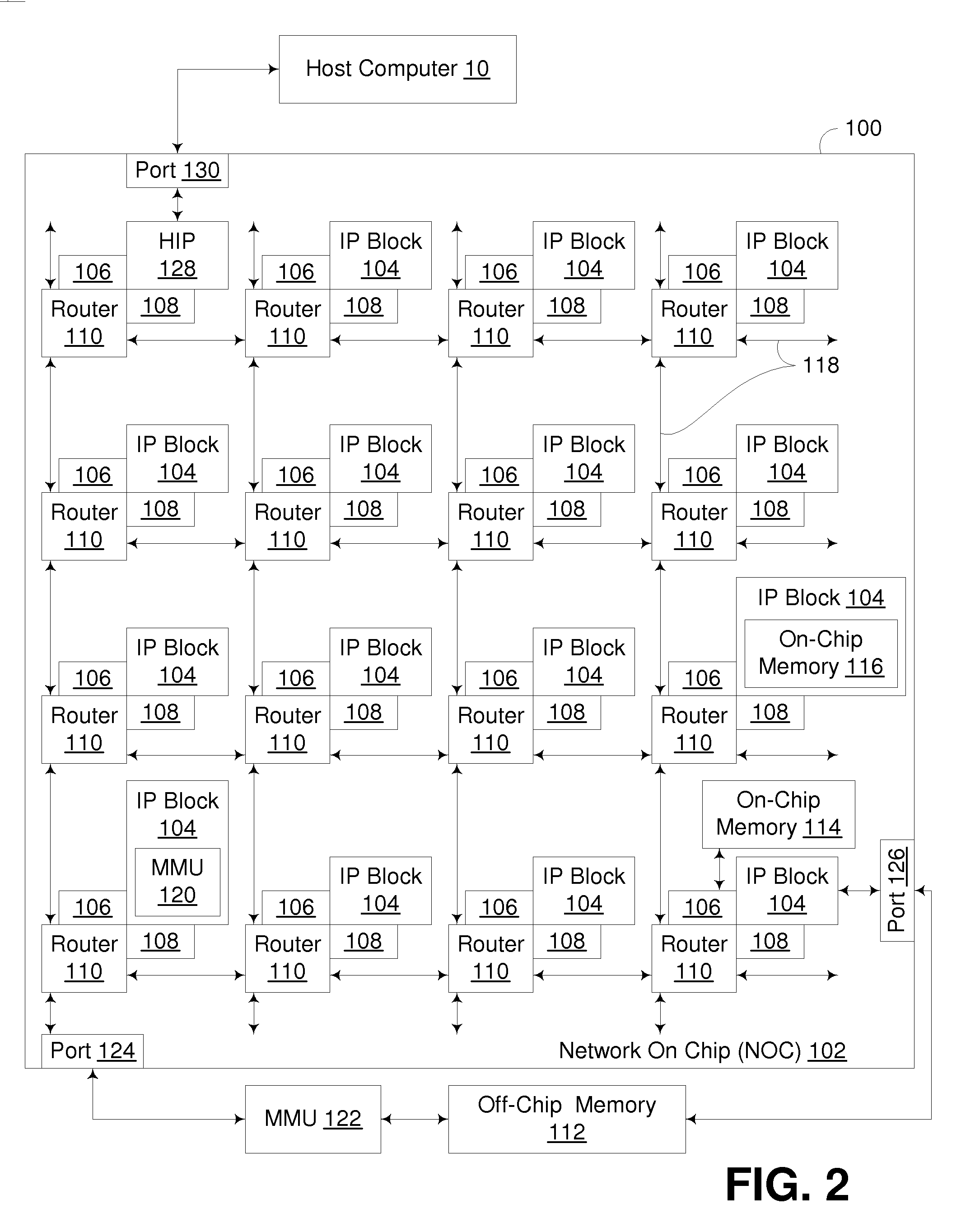Early Exit Processing of Iterative Refinement Algorithm Using Register Dependency Disable and Programmable Early Exit Condition
a technology of early exit processing and register dependency, applied in the field of data processing, can solve the problems of limiting the performance of such algorithms, affecting a number of different types of programs, and limiting the implementation cost of fully accurate reciprocal functions in hardware, so as to reduce the latency of the algorithm, and improve the effect of performan
- Summary
- Abstract
- Description
- Claims
- Application Information
AI Technical Summary
Benefits of technology
Problems solved by technology
Method used
Image
Examples
Embodiment Construction
[0031]Embodiments consistent with the invention assist in decreasing the latency of an iterative refinement algorithm in early exit cases by disabling the dependency logic for subsequent instructions in the algorithm and disabling their write enable signals to a register array when an early exit condition has been detected to effectively disable write back to the register file by such instructions. By doing so, the subsequent instructions are able to flow through a multi-stage execution pipeline without the delays that would otherwise be required in order to comply with dependency requirements, thereby accelerating the completion of the algorithm. In addition, in some embodiments, such algorithms may incorporate a programmable early exit condition to enable such algorithms to be customized to control at which point an early exit condition is reached and the iterative refinement algorithms are terminated, e.g., by specifying a threshold against which an intermediate result of the alg...
PUM
 Login to View More
Login to View More Abstract
Description
Claims
Application Information
 Login to View More
Login to View More - R&D
- Intellectual Property
- Life Sciences
- Materials
- Tech Scout
- Unparalleled Data Quality
- Higher Quality Content
- 60% Fewer Hallucinations
Browse by: Latest US Patents, China's latest patents, Technical Efficacy Thesaurus, Application Domain, Technology Topic, Popular Technical Reports.
© 2025 PatSnap. All rights reserved.Legal|Privacy policy|Modern Slavery Act Transparency Statement|Sitemap|About US| Contact US: help@patsnap.com



